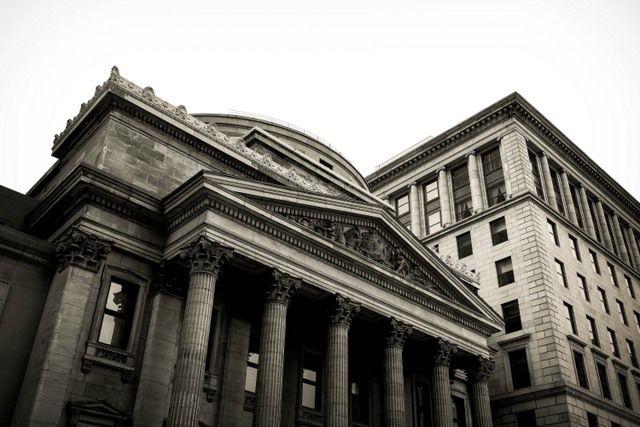
What is a fixed deposit account in the bank?
You can easily find a definition for Fixed Deposit on google. Here, we won’t tell you that. But, I promise that all your doubts regarding it will be clear till the end of this article.
I am supposing that you have zero knowledge about banking or finance. So, we will start by explaining the savings bank account and then move towards our main topic, FD.
Bank Savings Account
If you are above legal age. Then you can walk to a bank and get an account there, after providing the basic KYC documents (Photo ID, Address Proof, etc). Bank will ask you to deposit some money in the account. But in most cases, you won’t incur any direct cost for the opening process. Once, the account opening procedure is complete, your bank will handover you a Welcome Kit.
In it, you will get a passbook (it’s like a ledger which records all your money deposits and withdrawals), debit card(you can use it in an ATM to withdraw funds without even visiting the bank), checkbook (this contains paper sheets which you can handover to anyone after filling some details and that person can get it exchanged for real money from the bank), internet banking password and some other informative stuff.
How banks manage your money?

Now, when you deposit some money. In the front end, it stays in your account but in the back end, the bank lends that money to other people.
Confused! You could be if you are new to these things. Actually, banks have millions of accounts and in this way, a large number of people have a large amount of money lying with them.
When you deposit any money. It gets registered in your passbook (and on bank’s internet servers). This acts like a proof that you have deposited the money. Then, the bank teller (a person who manages cash in the bank), keeps all the deposited money into a central locker.
So, if any account holder goes to them to withdraw some amount, bank teller takes out the required money from the central locker and hands over to that person. Also, they put a “Withdraw entry” on your Passbook as well as bank’s servers. This acts as a proof of withdrawal of money.

Each branch of the bank needs to keep a certain amount of money always reserved, in its central locker for proper functioning. To help the bank in maintaining this amount, money vans circulate money across different branches.
If someday, a lot of money is deposited in Branch ‘A’ and money present in the central locker of that branch passes the needed amount, then money van will take some money from that branch.
Say, in Brand ‘B’, a lot of money is withdrawn the same day. So the money van will give the required money to this branch to fulfill its need. But, there are times, when no branch needs any extra money. Then, the money van gives it to the main branch of that area because of security reason.
How bank funds its expenses?

You are a smart person. So, you must have understood until now, that every account holder doesn’t go to the bank on the same day to withdraw all their money. Some money is always leisure in the bank’s central reservoir.
The bank also knows this and uses this money to fund its expenses. Hence, when somebody approaches for a loan. It picks up the required money from the central reservoir and gives to that person.
In turn, the bank charges an ‘Interest’ to the person. Interest is the extra money which the borrower needs to pay above the actual amount it has lent. It is like the cost of using that money.
Suppose, your friend borrows $100 from you for a period of one month and promises to pay extra $10 (i.e. total $110) after that period. This $10 will be ‘Interest’ on the Principal Income of $100.
By lending money to borrowers, bank solves two problems. The borrower gets the required money to solve his financial needs and the bank gets ‘Interest’ from that person to fund its expenses.
This all is possible because banks properly plan everything beforehand. You can also learn to plan your finances. That can be a game changer.
Hot Read: Why I am an Atheist? | A Logical Explanation
How the bank pays us?

As the money which bank lent to other people, actually belonged to Account Holders. So, it shares some part of the Interest gained from the borrower with us (the depositors).
The amount shared with us depends upon the Interest Rates in the country. The rate of interest is around 3% per annum (in India) for a normal savings account. This means that the bank will pay $3 interest if $100 are kept in the bank account for a period of 1 year.
Fixed Deposit

Now suppose if someday every account holder walks to the bank and starts withdrawing their money. What will the bank do? It simply won’t have enough money to return to its depositors because it has lent some money of the depositors to other people for getting profit.
This is the place where a fixed deposit comes into play. The prime difference here is that you can’t withdraw your money at any time like the case of normal savings account else you will get a penalty. So, the FD saves the bank from getting stuck in problematic situations.
To reward the FD holders, the bank gives more ‘Interest’ to them as compared to normal savings account holders.
So, if you have some leisure money, you can invest that into an FD and get more returns but your invested amount will be locked for a specific period of time.
I hope this will be enough to thoroughly make you understand the concept of savings and FD accounts in the bank. If you still have any queries, ask them in the comment box, I will clear them too.
Else, you can continue learning by reading about mutual funds. Tension not, I have explained them in an easy way.




This Post Has 0 Comments